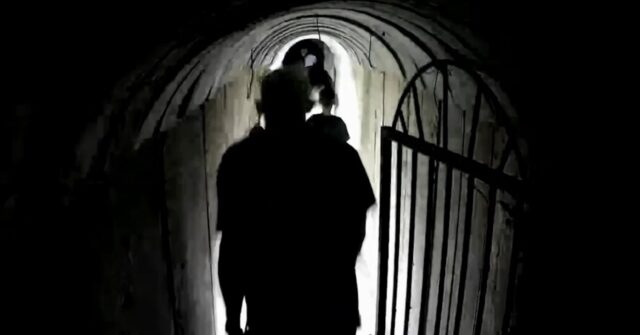The recent developments in the Israel-Hamas conflict have raised significant attention, particularly concerning the potential death of Hamas leader Yahya Sinwar. The Israel Defense Forces (IDF) reported that a body resembling Sinwar’s was discovered in the Gaza Strip following IDF operations. Sinwar was the mastermind behind the October 7, 2023, terror attack and assumed leadership of Hamas after the death of Ismail Haniyeh in Tehran. While the IDF is still confirming the identity of the body, initial reports suggest that Sinwar, who reportedly hid underground with hostages to shield himself from airstrikes, might have been attempting to leave Gaza, leading to his exposure.
As part of their ongoing operations, the IDF eliminated three terrorists, and there are ongoing efforts to determine if one of them was Sinwar. The military reported that there appeared to be no hostages present in the area where the engagement took place, underscoring the careful and deliberate nature of their operations. Investing in these developments, the IDF has taken steps to secure the area and is working to ascertain the identities of those killed. Despite the uncertain results, this incident has prompted considerable speculation regarding Sinwar’s fate, which would hold substantial implications for the ongoing conflict.
Photos of a body that resembles Sinwar have since emerged on social media, with Israeli officials planning DNA testing since they have Sinwar’s DNA on record from his prior imprisonment in Israel. During the initial examination of the bodies, soldiers reportedly recognized the potential significance of one of the deceased, leading to heightened scrutiny and subsequent delays in confirming the identity due to the presence of explosives in the area. As tensions remain high, the need for expedited DNA testing is a critical step towards clarity in the situation.
Israeli Defense Minister Yoav Gallant participated in the discourse by quoting Leviticus while implying Sinwar’s potential demise. Security cabinet discussions have indicated that Sinwar’s death might have occurred, although as of the latest updates, this information remains unofficial. In the wake of such developments, experts have been engaged to assist in confirming whether the body belonged to Sinwar, which could play a pivotal role in the ongoing conflict and any potential negotiations involving hostages.
According to reports, the operation that led to Sinwar’s possible death was considered routine by the soldiers involved, until the discovery was made. The leadership vacuum that could result from Sinwar’s death may shift the dynamics between Hamas and Israel, particularly concerning hostage negotiations, as Sinwar had been viewed as a substantial hurdle in these discussions. This speculation forms part of broader discussions about how changes in leadership within Hamas might affect both their operational capabilities and strategies moving forward.
In summary, the unfolding situation surrounding Yahya Sinwar’s suspected death was notable for its potential ramifications both on the ground in Gaza and more broadly in Israeli-Hamas relations. It illustrates the unpredictable nature of conflict, where information can rapidly evolve, leading to significant strategic shifts. As instances like this highlight the complexities involved, they also raise questions about the future of negotiations and the ongoing hostilities, reinforcing the need for vigilance and adaptability in response to such developments.

